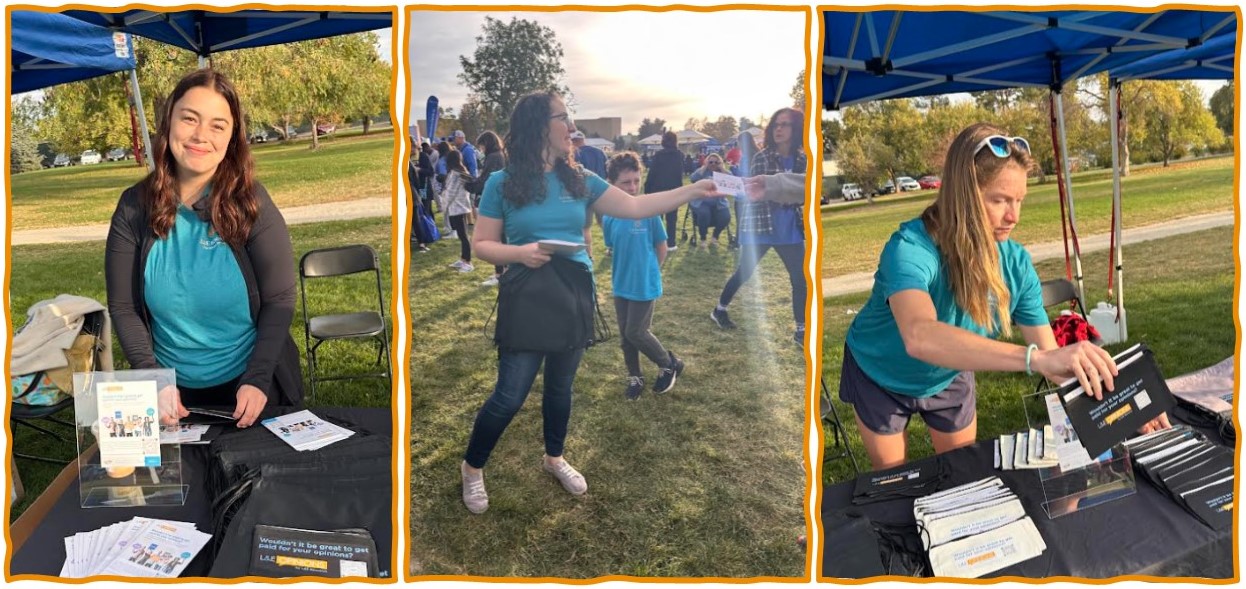The Proxy: The Magic Bullet of Healthcare Market Research
Healthcare innovation continues to advance beyond common conditions. The focus now includes developing new treatment options and improving quality of life for individuals diagnosed with rare diseases.
This shift highlights the importance of accessing insights from these unique populations, their caregivers, and healthcare providers. One of the most challenging aspects of market research in the healthcare sector is recruiting participants from the rare disease cohort. To meet required quotas, researchers often need to introduce flexibility within audience requirements, leading to the inclusion of proxy participants.
When carefully selected and well-defined, proxy participants can contribute to the success of a study. However, poorly chosen or inadequately defined surrogate participants can undermine the legitimacy of the insights and compromise the integrity of the data. To navigate these challenges successfully, it’s essential to understand how rare diseases impact the research process.
Rare Disease Impact on Research
While rare conditions pave the way for medical advancements through research, the more niche a condition, the less accessible those diagnosed become for participation in market research, particularly for studies requiring in-person involvement.
A rare condition is defined as one that affects fewer than 200,000 individuals in the United States and fewer than 1 in 2,000 people worldwide. Although each condition is uncommon on its own, more than 7,000 rare diseases collectively affect over 30 million people across the U.S. This limited patient recruitment pool makes traditional recruitment strategies impractical for rare disease studies.
For in-person qualitative research, incorporate proxy patients into the recruitment approach from the outset, provided the research is not a clinical trial and does not involve treatments or medication administration.
By pre-defining acceptable surrogate patients as a flexible component of the recruitment strategy, researchers can ensure a predictable pace, schedule, and budget. This minimizes the need for additional approvals and unexpected accommodations during the research process.
The Power of the Proxy
When evaluating the impact of including representative patients in a rare condition study, there are four key elements to consider:
Prevalence
Pre-identifying and approving surrogate populations to represent rare cohorts can elevate a project’s incidence rate (IR). It increases the likelihood that the project will meet its defined quota(s) within the specified timeframe and budget.
Accessibility
Reasonably budgeted in-person research requires clusters of patients in defined central locations. For rare conditions, clustering is challenging, if not impossible, without requiring patient travel.
Due to the underlying diagnosis qualifying them for the research, patient travel is often unrealistic.
Budget
Rare condition in-person research is costly. Without the inclusion of surrogate patients, researchers face two options: research team travel or patient travel.
Funding for rare disease research is often limited due to the perceived low return on investment for therapies prescribed to a small patient population, coupled with the high cost of drug development.
Stamina
The most researched rare conditions are often in the specialties of oncology, neurology, and pulmonology.
These diagnoses are frequently accompanied by decreased stamina due to disruptions in energy production, muscle function, and nerve transmission. Patients may decline market research study opportunities, especially those that are longer or multi-step, to preserve and protect their energy and health.
Defining Your Proxy
These four elements establish why proxy participants matter. The next step is defining who qualifies as an acceptable proxy for your specific study.
Evaluate and prioritize the negotiable versus non-negotiable qualifiers related to your study participants. Whether focusing on patient journey, preference research, or device/software usability, consider what can be replicated by a population with higher prevalence but similar pathways in terms of symptomatology, provider pool, and treatment experience. Strategic patient recruitment planning at this stage prevents delays and budget overruns later.
From there, acceptable surrogate patients can be defined.
Examples of successful patient proxies in qualitative market research:
- Supplementing Tardive Dyskinesia patients with those diagnosed with Essential Tremor.
- Recruiting stroke-induced aphasia patients to meet quotas for Landau-Kleffner Syndrome.
- Utilizing cirrhosis patients with a diagnosis of Chronic Obstructive Pulmonary Disease (COPD) to recruit for Alpha-1 Antitrypsin Deficiency studies.
Patient Recruitment Considerations & Recommendations
Once proxy participants are defined, execution becomes critical. The following recommendations help ensure successful rare disease patient recruitment:
- Proof of Diagnosis: When recruiting rare and representative patients, require participants to provide proof of diagnosis, typically in the form of an EMR sent via secure transfer to the recruitment partner.
- Decentralize: Whenever possible, conduct the research remotely. This approach increases the pool of rare patient participants available while keeping costs low.
For small device testing, consider shipping the prototype to the patient with prepaid return arrangements.
- Simplify: Availability and stamina are prevalent concerns.
Keep the research simple by eliminating long engagements, multi-step, or multi-day study methodologies.
- Transportation: Make transportation easy. Depending on the required diagnoses and/or the age of the participants, consider arranging transportation or providing an extra incentive for a family member or friend to assist with transportation.
- Over-Recruit: The recommended over-recruitment rate for remote rare patient research is 20 percent, increasing to 25 percent for in-person research. Cancellation rates are higher among the chronically ill due to the unpredictability of their health on the study date and limited scheduling options.
To ensure quotas are met within the designated timeline, a 25 percent over-recruitment is recommended.
Your Recruitment Partner
The right partner makes these best practices work.
A successful rare patient recruitment effort depends on the quality of your recruiting partner. Look for vendors with clinical expertise who can help design a workable recruitment strategy.
Partners with an established presence in the industry, affiliations with rare patient groups, and a proven track record in rare patient research deliver the best outcomes.
Proxy participants in rare disease market research offer a powerful strategy for overcoming the inherent challenges of recruiting these unique populations. Careful selection of surrogate patients, decentralized research efforts, and simplified study designs enable researchers to gather meaningful insights that drive healthcare innovation.
Quality and reliability of data improve with these practices, supporting effective treatments and improved quality of life for individuals affected by rare diseases. As medical research continues to push boundaries, thoughtful and strategic recruitment approaches remain essential in advancing our understanding and addressing the needs of these special populations.
Ready to Get Started?
If you’re planning a rare disease study, our healthcare research team can help you recruit the right participants efficiently and reliably.
With extensive experience in rare disease and specialty populations, we design studies that meet quotas, stay on schedule, and produce high-quality, actionable insights.
Contact us today to discuss how we can support your research.

















